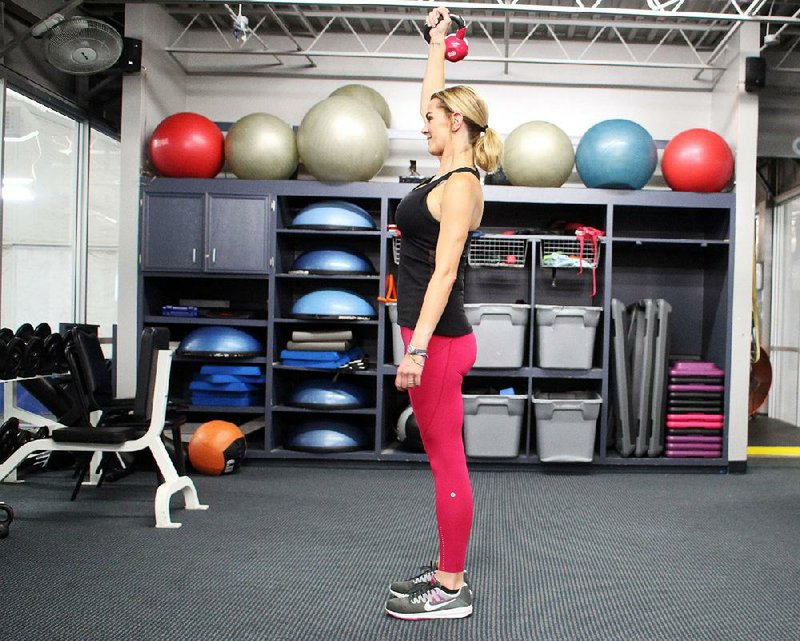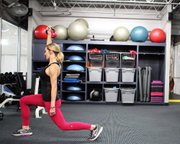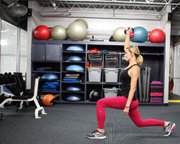It's funny, in all the years that I've worked in the fitness industry, I've yet to settle on one metric that defines success for every client.
Some clients' measure of success is body fat loss, others look at daily steps, and a handful only look at caloric expenditure.
The proliferation of wearable fitness-tracking technology has produced an overwhelming mountain of data to sift through, to the point that many exercisers aren't sure which metrics matter and which ones don't. Maybe I'm a little old school, but I am a strong believer that too much data collection and/or analysis can ruin the emotional benefits of a workout.
After all, there's no way gizmos can measure the better feelings, positivity and self-confidence that a workout can deliver. If we're always focused on calories, steps, and minutes, we could be missing a key benefit of exercise physiology -- the psychological boost.
With that said, some things can and should be quantified. For example, there is an easy way to quantify strength-training productivity -- if that's an area of interest. The formula is: reps multiplied by sets by weight lifted (in each set).
While you won't find this equation in many exercise physiology textbooks, it does provide a good sense of the total amount of work performed in a given strength-training session.
Measuring cardiovascular exercise is easy enough, as one can choose to monitor calories expended, distance, duration, etc. But strength training is more difficult to measure, and the formula is a good way to achieve that.
This week's exercise serves as a good example for this formula. The Liberty Kettlebell will challenge muscular endurance in the upper and lower body musculature.
1. Select a medium weight kettlebell and hold the handle in your right hand.
2. Extend your right hand straight overhead, completely extended (think about the Statue of Liberty).
3. Perform a forward lunge by stepping forward with your right foot and bending your right knee and hip. Stand back up into the starting position.
4. Perform a backward lunge by stepping back with the right foot and bending the right knee and hip. That's one repetition.
5. Continue performing this front/back alternating cycle for 10 reps, then switch the kettlebell to your left arm and do the lunges with your left leg.
Quantifying exercise productivity certainly isn't for everyone, but it does force you to be accountable for each workout.
That's my favorite part of data tracking, as it can be easy to just "go through the motions" and forget about pushing yourself to achieve new heights.
In any case, I'd recommend choosing a metric that is important to you, and sticking to it. Enjoy!
Matt Parrott has a doctorate in education (sport studies) and a master's in kinesiology and is certified by the American College of Sports Medicine.
vballtop@aol.com
ActiveStyle on 07/30/2018


